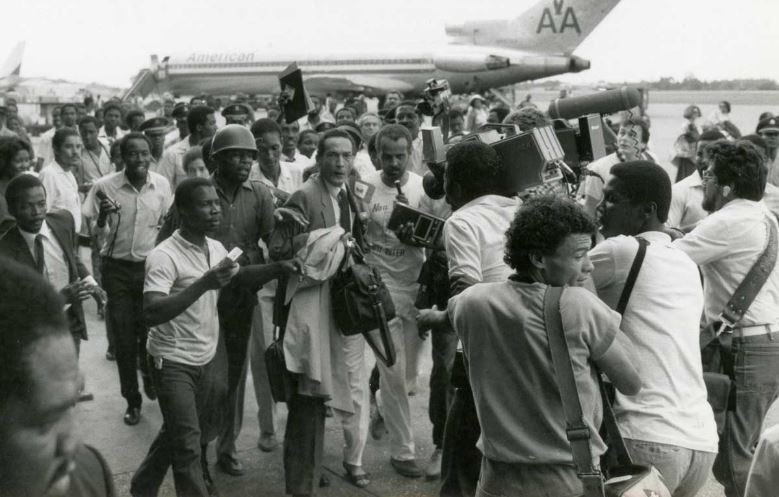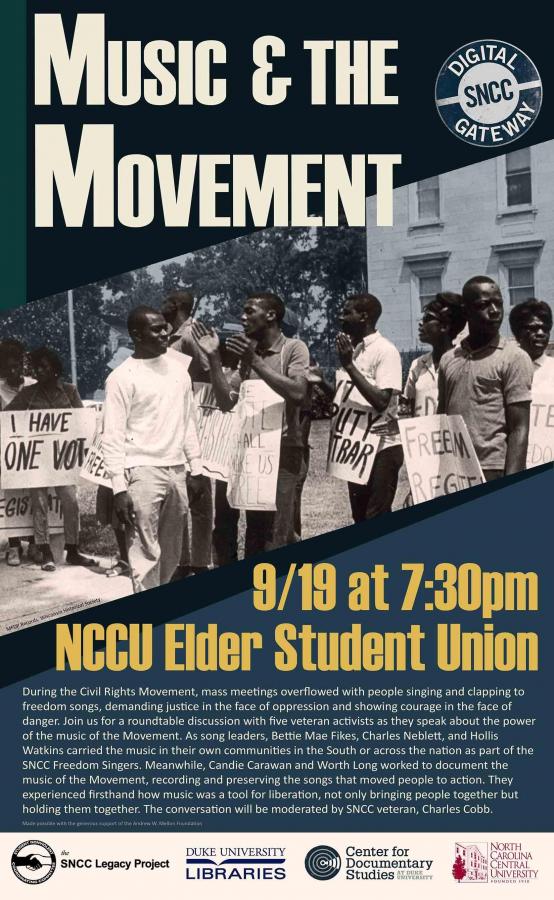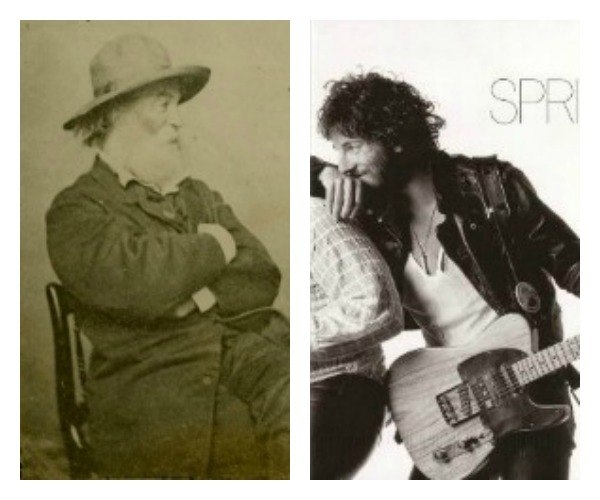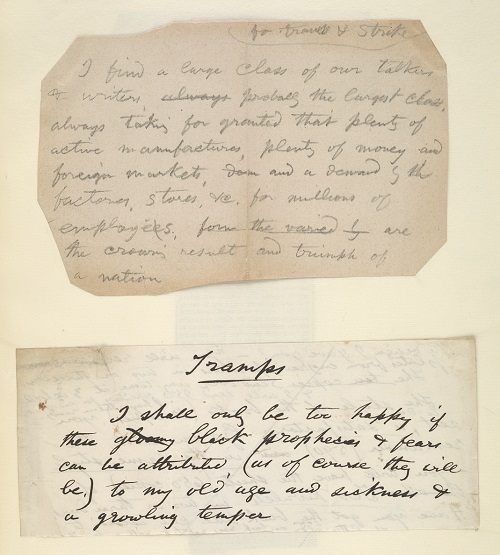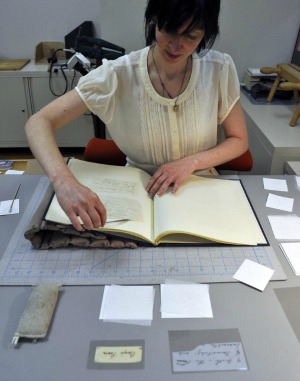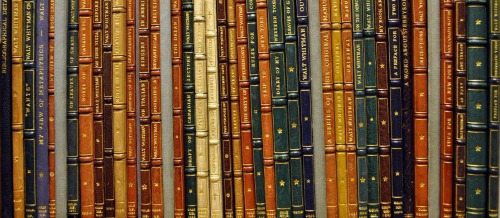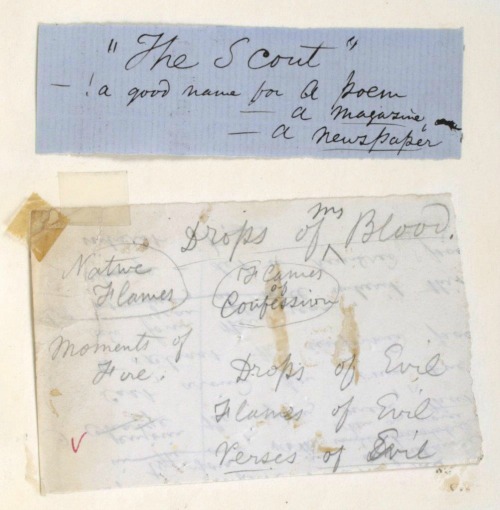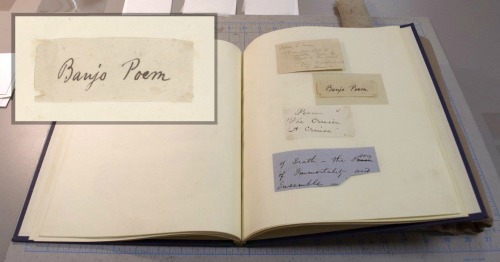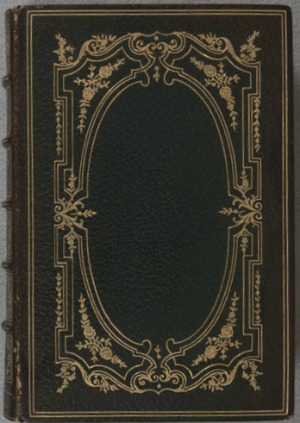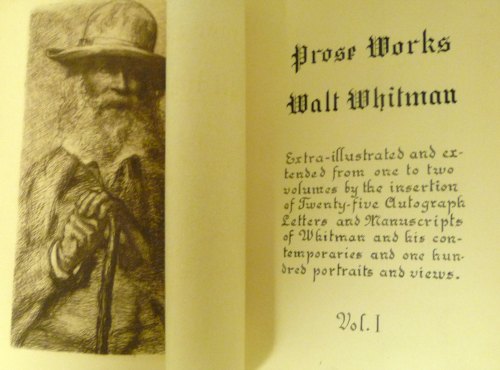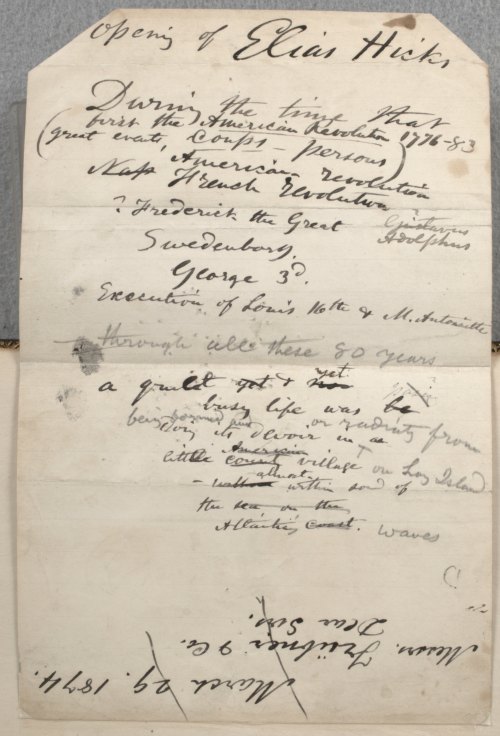Please join us this week for three very exciting events:
The SNCC Digital Gateway Project presents “Music & the Movement,” Tuesday, September 19, 7:30-9:30 pm
Please join us for an exciting discussion with five veteran activists on Tuesday, September 19th at 7:30 p.m. at NCCU’s Alfonso Elder Student Union. Music & The Movement – During the Civil Rights Movement, mass meetings overflowed with people singing and clapping to freedom songs, demanding justice in the face of oppression and showing courage in the face of danger. Join us for a roundtable discussion with five veteran activists as they speak about the power of the music of the Movement. As song leaders, Bettie Mae Fikes, Charles Neblett, and Hollis Watkins carried the music in their own communities in the South or across the nation as part of the SNCC Freedom Singers. Meanwhile, Candie Carawan and Worth Long worked to document the music of the Movement, recording and preserving the songs that moved people to action. They experienced firsthand how music was a tool for liberation, not only bringing people together but holding them together. The conversation will be moderated by SNCC veteran Charles Cobb. Many thanks to our co-sponsors: SNCC Legacy Project, Duke University Libraries, The Center for Documentary Studies, North Carolina Central University, and SNCC Digital Gateway Project.
Exhibit Tour and Reception: ‘I Sing the Body Electric’: Walt Whitman and the Body, Thursday, September 21, 11:45-1:30pm
Continue reading Rubenstein Events: Music and the Movement and more…


